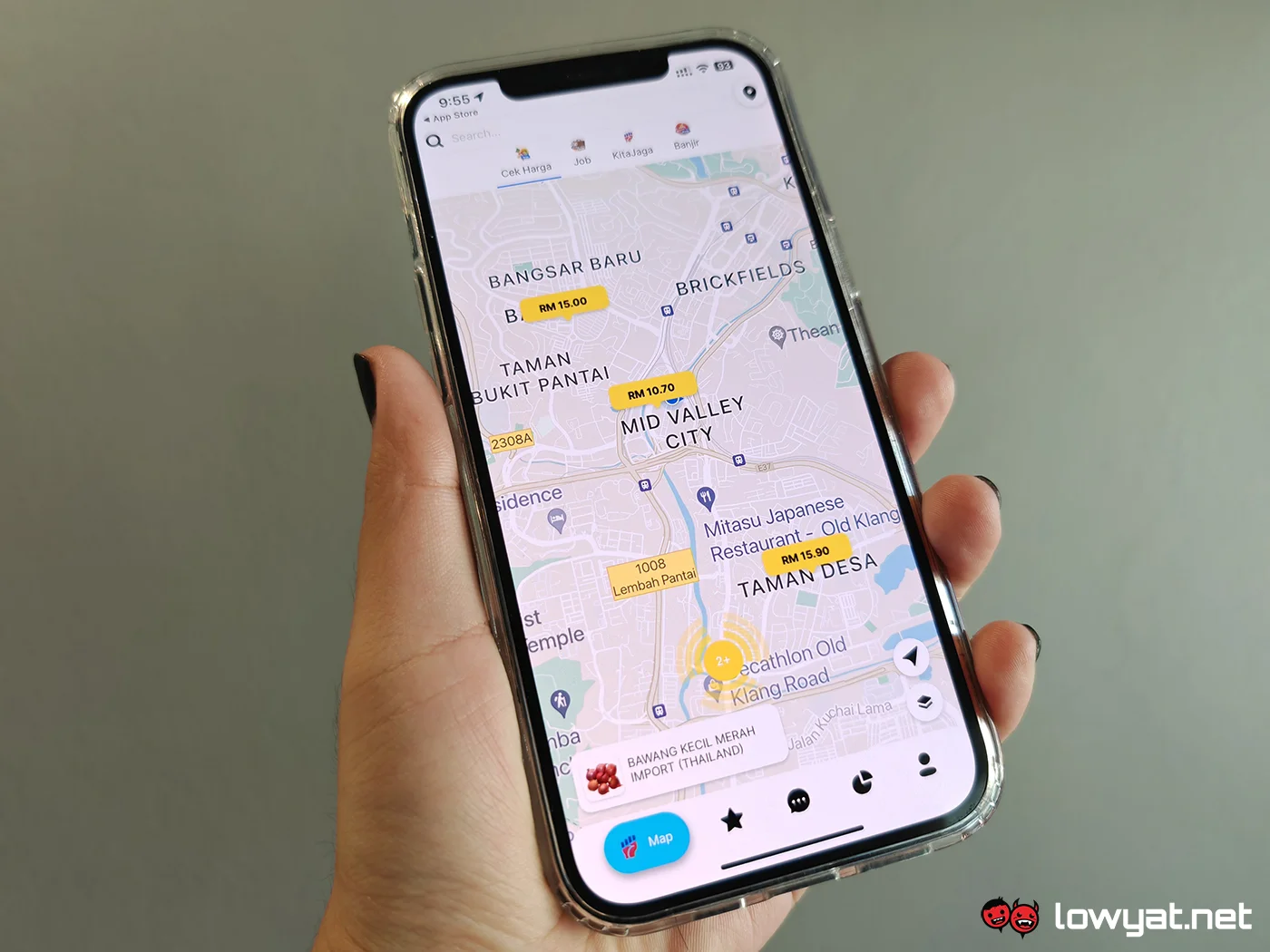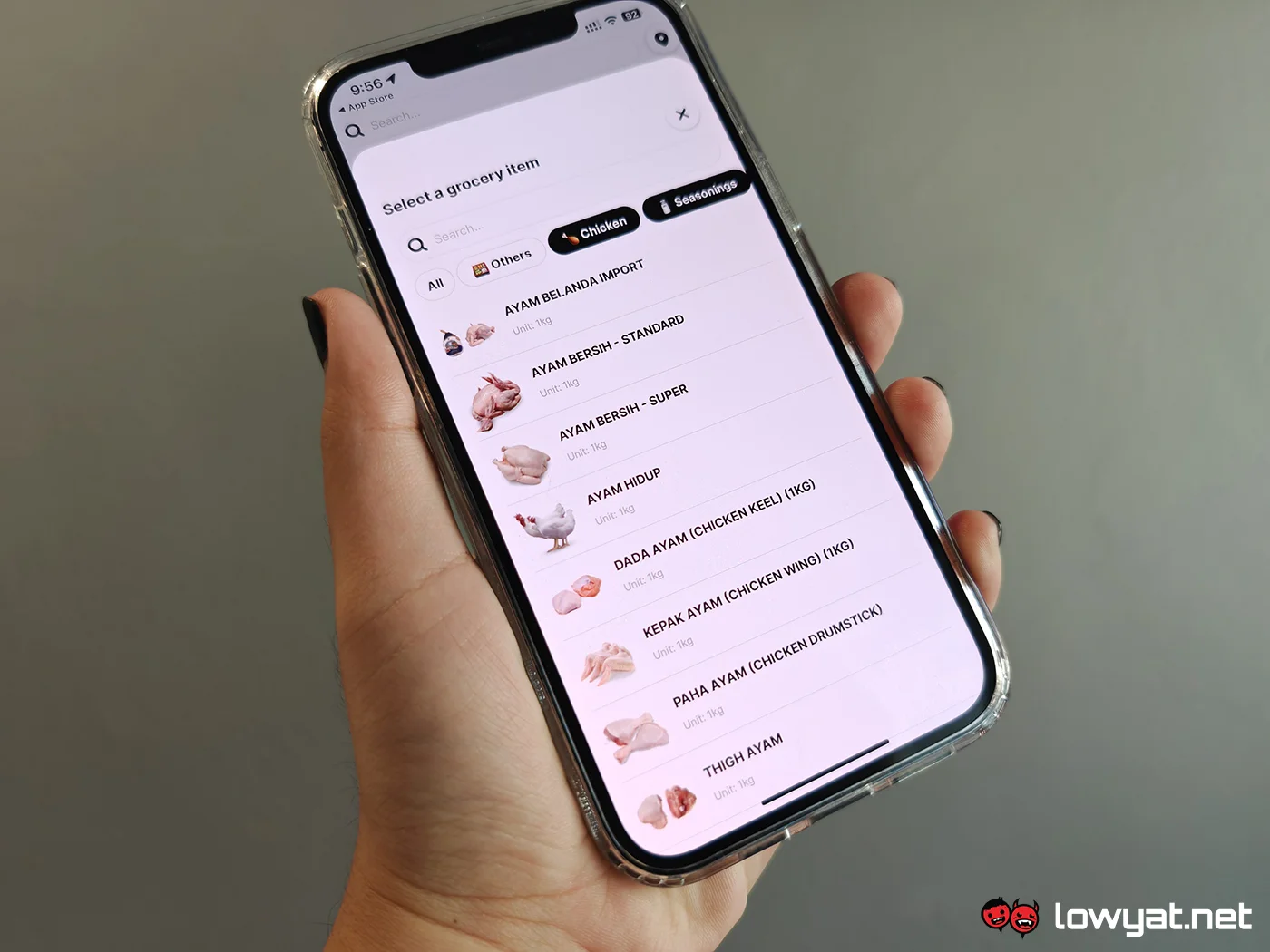KitaJaga is actually just using open-source data from the Department of Statistics Malaysia (DOSM), the same method used by the Ministry Of Domestic Trade and Cost of Living’s Price Catcher app and MyPrice Dashboard. Rafizi added that the initiative was part of his ministry’s effort to empower consumers to make decisions based on accessible data such as that from OpenDOSM.
The minister said the initiative will start with groceries as this category faces the most price hikes, but he added that his ministry will eventually expand to other categories for consumers. On the KitaJaga app, you can compare the prices of fruits, vegetables, meats, fish, and some other basic items, but data for things like chocolate and other snacks are still not available. Additionally, Rafizi mentioned that the Economy Ministry Plans to work with other e-commerce stakeholders to expand the existing price-checking potential for consumers. As for OpenDOSM, all of its datasets are freely available for download and can be scrapped using Python.
DOSM’s data is collected and updated daily, but it seems that KitaJaga’s app is a bit behind with the latest data displayed being from 25 March as of writing. This isn’t the case with MyPrice or Price Catcher, which are up to date, so it is unclear how often KitaJaga will be updating the data. If you’re not familiar, KitaJaga was developed by a local developer in the midst of the #BenderaPutih movement during the pandemic, which connected those who needed food or other forms of assistance with individuals wanting to help. Since then, it has expanded to other community-driven initiatives, including job postings and crowd-sourced flood warnings. (Source: MalayMail)

